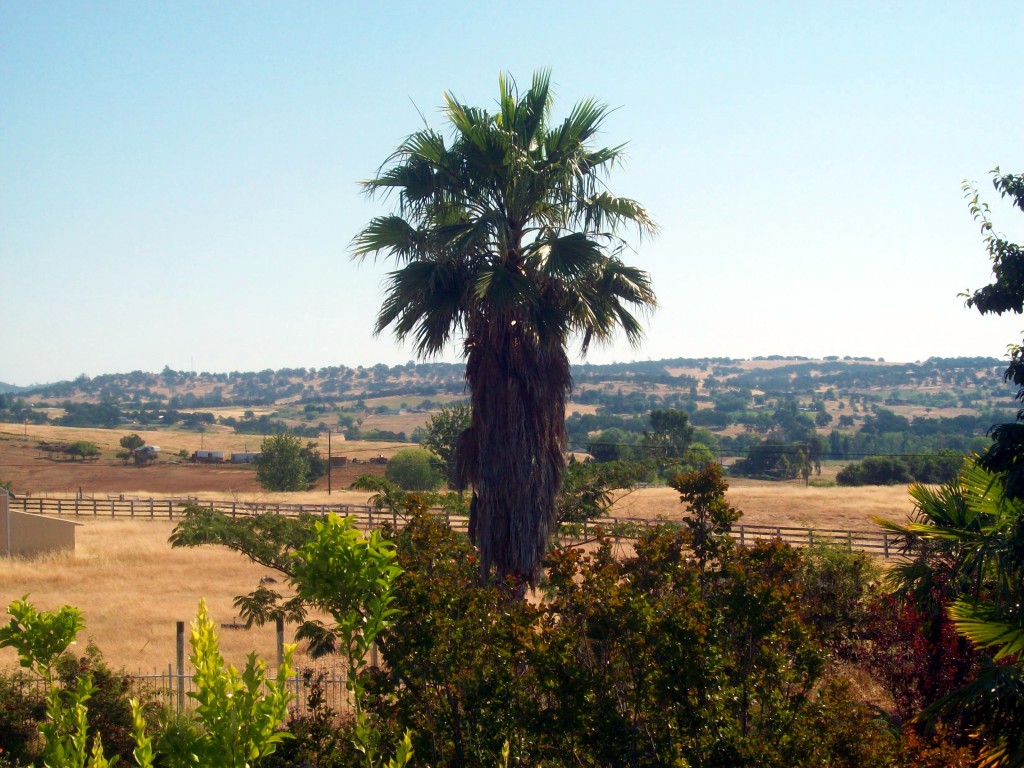 Dear Congress,
Dear Congress,
What I would like for Christmas is a New Farm Bill!
Sincerely,
Curt
One of my favorite things about living in South Dakota is the changing of seasons. While we can be burning up, working in the sun on a 95o summer day, we take comfort in knowing that in 6 months, we will be wearing 3 layers of clothing doing our best to stay warm in -10o while doing the exact same tasks. The yearly seasonal weather extremes that are encountered in the Midwest reinforce the need for a strong crop insurance program to be included in the next Farm Bill.
The time for action is now as the Agricultural Act of 2014 – known widely as the Farm Bill – has expired and farmers are making their projections for the 2019 crop year. Funding for Multi-Peril Crop Insurance subsidies is included in the Farm Bill and widely used by farmers in South Dakota to help protect some of the risk that is inherent when raising crops in the upper Midwest. A farmer that operates 1000 acres and has a corn/soybeans crop rotation may invest between $300-500 per acre over the course of a growing season depending on crop type and yield goal. He/she invests the same dollar amount as the market price of a nice $300,000-$500,000 house. Farmers put that amount at risk every single year they farm.
Opponents of crop insurance generally voice the concern that subsidies for the farmer’s premium is too generous. The big fact often missed in many discussions about crop insurance funding is the level of loss incurred by the farm operation before any loss indemnity is paid to the grower. The typical deductible that SD farmers choose on their crop insurance policies is 25% or a 75% coverage level which keeps the cost of their crop insurance in the realm of affordable. This means the farmer must incur a loss of between $75,000-$125,000 before any payment is made on their policy. The same catastrophic weather events in this area that cause home damage consequently cause crop damage. If, in comparison, I had a $400,000 home, a common deductible on my homeowner’s insurance policy would be only $1000-$5000.
Since the adoption of crop insurance by a majority of farmers in the US, we no longer have ad hoc disaster relief bills coming thru Congress. Disaster relief comes after the fact and seems to always be offered to everyone, even though they have not contributed toward the funding. With crop insurance, farmers choose their deductible, pay their premium, and are then paid in the event of a loss only up to your coverage level. Farmers pay a fair share of the premium and, many years, never have a loss (which is always the goal of policyholders.) No farmer ever wants to incur a loss on their policy. They also understand that if there are fewer loss claims, there is a lower loss ratio, and, therefore, lower premiums – a win for everyone involved!
Our great country’s ability to have a sustainable and stable crop insurance program helps to ensure that farmers are willing AND able to continue providing the cheapest (based on % of annual income) and safest food supply in the world. We hope that if the lame duck Congress doesn’t pass a Farm Bill, the new mix in Washington D.C. can come to common ground and quickly pass this important legislation in the New Year.
Featured Image Credit: J. David Ake

